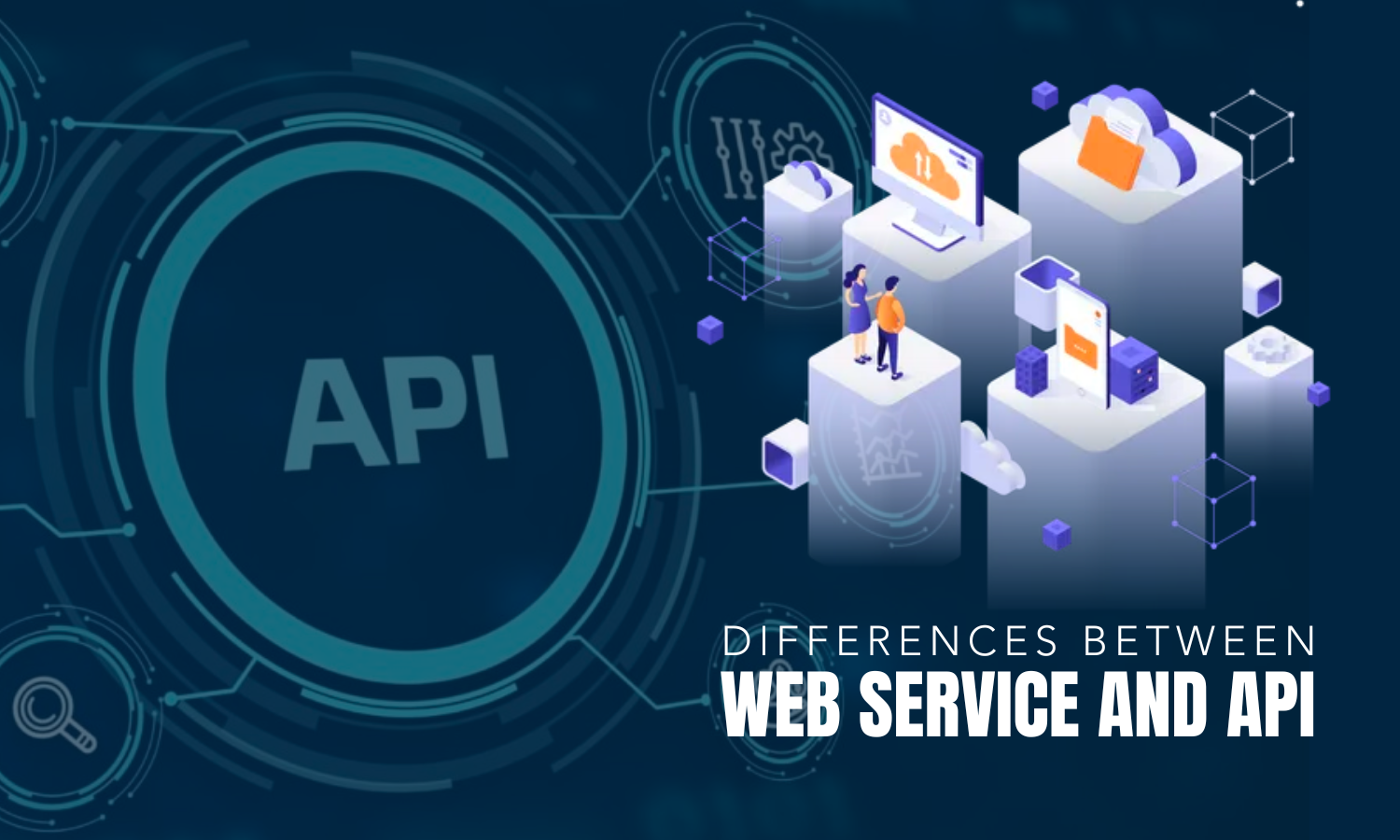

Updated · Feb 11, 2024
Updated · Jan 02, 2024
With a master's degree in telecommunications and over 15 years of working experience in telecommunic... | See full bio
The importance of internet privacy and security is at an all-time high as we live in an increasingly digital world where information is readily available.
For that reason, we’ve curated a list of the global online privacy and security trends that every business and individual should follow to keep their data private.
Let’s get to it!
Online privacy refers to the extent of protection you or an enterprise has while conducting online activities. At its most basic definition, digital, aka internet privacy, covers everything you publish online, from personal details to browsing and financial data.
Unfortunately, internet privacy breaches have increased significantly in the era of Covid-19 since the public had to stay isolated and work and play from home. Therefore, the usage of social media platforms, work-tracking tools, and virtual assistants has skyrocketed.
While seeming free to use, you still pay in a way to use all modern social media apps. While these companies do not charge you out of pocket (unless you subscribe to a premium feature), they still collect and use your data for various purposes.
Thus, the challenge that societies are now facing is finding a balance between the need for data and the privacy of their citizens, which is essential for their well-being.
As a result, recent legislation changes and business trends are shifting towards protecting the common user from individual scammers and corporate misconduct.
|
You might be interested in: Is Online Privacy a Myth? |
Instead of waiting to react to government legislation and corporate changes, the public and SMB owners should take a proactive approach toward data privacy.
Towards that goal, we’re listing the ten most impactful strategies for protecting our online data without sacrificing its convenience and worth to our employers and us.
After all, sometimes we just want to share a single image, not our medical records, bank statements, shopping carts, and private moments, which are often only a couple of clicks away if we’re careless with what we share and where we click.
Instead of relying on nosy third-party data collecting services, organizations and their advertising teams have started realizing the importance and the value of data accumulated via direct contact with their userbase or while consumers navigate their online sites.
Data obtained via third-party channels is often unfiltered, inaccurate, and intrusive. Compared to the data that is willingly shared by the customer, you can see how such a method benefits both sides: companies get what they need, and consumers retain their data privacy.
Also, such direct partnerships undoubtedly build stronger business relations as they focus on consent in data-sharing practices. That way, enterprises know how and where to place their products while the user gets a tailor-made experience.
Since first-party data is becoming increasingly important, third-party cookies continue losing value. At any rate, today’s Tech Giants can easily collect the data they need directly from their users and provide them with a sense of security and data control.
However, such a shift in data collection policies means that every interested party has to change their data collection methods and become more transparent about how they will utilize and profit from the information consumers provide.
Now that digital tools have become a staple of modern life, consumers everywhere are calling out for complete control over the data they share and is being collected from them as they navigate today’s social media and internet landscape.
This trend will never diminish and is, in fact, the leading force in the data privacy changes we see everywhere since users are choosing companies that are transparent about the data they collect and provide them with the tools to manage its usage.
Thus, options such as viewing, deleting, and downloading data are crucial for any company hoping to survive today’s cutthroat digital world.
With the increased demand for user privacy rights, there’s a trend to create a centralized privacy portal that includes all aspects of your data privacy and security—a feature that proves convenient for every interested party and contributes to time and cost savings.
Such initiatives see everything from notices, cookies, terms and conditions, login credentials, two-factor authentication, security checkups, and connected devices all accessible from a single self-service privacy and security portal.
To stay ahead of the pack, brands and tech companies have started investing in their support departments to accelerate the time needed to respond to users’ privacy and data queries. After all, in this day and age, a company’s public perception relies on the expedience with which it provides its users with a satisfactory answer.
To achieve faster service, many brands have started relying on technology that automatically resolves a user’s request and offers a direct contact option as a last resort.
As companies grow, they start relying on an increasing number of outside vendors that help them deliver their services. However, incorporating outside partners into an existing corporate structure comes with risks and downsides.
For instance, the chances of any company’s userdata getting compromised by cyber-attacks increases with each partnership. Therefore, they have started addressing the liability of third-party vendors by examining the terms and conditions they set, vetting the partners they acquire, and keeping an eye on how they handle their data.
Ever since the EU composed, legislated, and launched its General Data Protection Regulation (GDPR), the world’s legislating bodies, including the majority of U.S. states, have started introducing similar measures to protect their citizens’ data privacy.
On a global level, almost 80% of all countries have drafted or implemented their own laws protecting a user’s right to data privacy and punishing irresponsible data collection, including jurisdictions bordering on totalitarianism, such as China and Russia. Moreover, many of these non-EU laws are based on GDPR’s seven core data privacy principles.
Spurred by the onset of the Covid-19 pandemic, most companies had to redefine their work experience and stance on remote work. However, by allowing their workers to contribute regardless of where they are, businesses were left exposed to cyber breaches since remote connections introduce vulnerabilities in their security systems.
To address the issue, most organizations, especially tech companies, had to create a safe working environment that protects their user information even if they have to rely on remote input. Ultimately, their data is as secure as their weakest off-site access.
Exercising data management and security practices is a relatively new and very in-demand skill that adds another level of security against data breaches. For that reason, tech employees have started accounting for data privacy and upgrading their skills as needed.
However, until organizations find competent professionals that comprehend data and how to protect it against outside forces. They must rely on ad hoc training seminars for their employees—designed to adjust their practices with data privacy in mind.
In today’s day and age, digital literacy and a critical approach to online data have become the most important skills for internet users. While the information you need is definitely there, most often than not, it’s buried under a rubble of disinformation.
Therefore, tech leaders must train consumers to sift through all their searched results, evaluate them individually, and determine if they are misleading, fake, or outright dangerous.
Unfortunately, while the tools we need to find what we need have evolved, those used to create fake news, deep fakes of images and videos, and partially accurate data have also become much more sophisticated, all to take advantage of unsuspecting users.
Since privacy regulations surge worldwide, experts in data privacy and security are expecting the emergence of the following five trends in the following couple of years:
For a truly borderless world, global tech leaders and social media companies are expected to use the services of cloud storage companies instead of relying on local data centers.
The need for such an approach is becoming more important with each passing day as the frequent and uneven regulatory changes for data privacy are tasking global companies to spend additional resources to comply with the specific laws of separate countries.
To put it plainly, there’s a need and effort for all emerging technologies to be developed with privacy in mind. Such privacy-enhancing implementations are expected to protect the user’s data, even if it’s shared and used in untrusted environments.
While implementing PEC is lengthy and costly, companies who successfully implement it are expected to become impervious to malicious cyberattacks and privacy and data leaks in analytics, data processing, business intelligence, and cloud collaboration.
Despite 97.2% of organizations investing in big data and AI, artificial intelligence has not matured enough to resist outside breaches. Moreover, these AI solutions are integrated into larger systems without oversight for assessing privacy intrusions.
That said, once companies start relying on AI only to assess their employees and customers, they may find they have to eliminate entire AI-based modules if and when they find toxic data corrupting their findings. Therefore, unless businesses restrict and control their AI usage, they will have to waste resources to fix their reputation down the line.
With the emergence of the new hybrid work environment, companies are striving to find a balance between tracking their employees’ activities, maintaining their level of performance, and avoiding disruptions in the worker’s day-to-day activities.
On top of that, there are certain privacy implications for remote workers accessing their company’s services and resources via unsecured connections. Because of that, organizations are looking to develop a new security model that will allow workers to retain their efficiency and satisfactory work-life balance while securing their assets.
There’s a tendency in the world’s cyberspace towards individual data privacy and security—a movement that is rapidly growing in importance as the number and intensity of digital threats increase daily. Thankfully, there’s always something we can do to protect our data in today’s public digital sphere instead of waiting on legislation to protect us.
Your email address will not be published.
Updated · Feb 11, 2024
Updated · Feb 11, 2024
Updated · Feb 08, 2024
Updated · Feb 05, 2024



